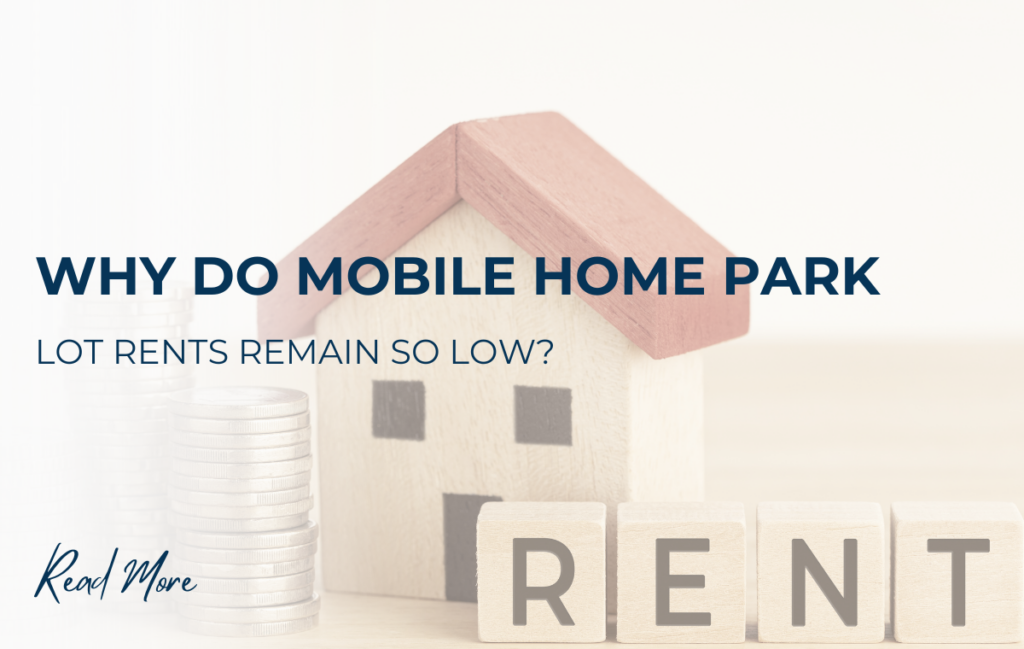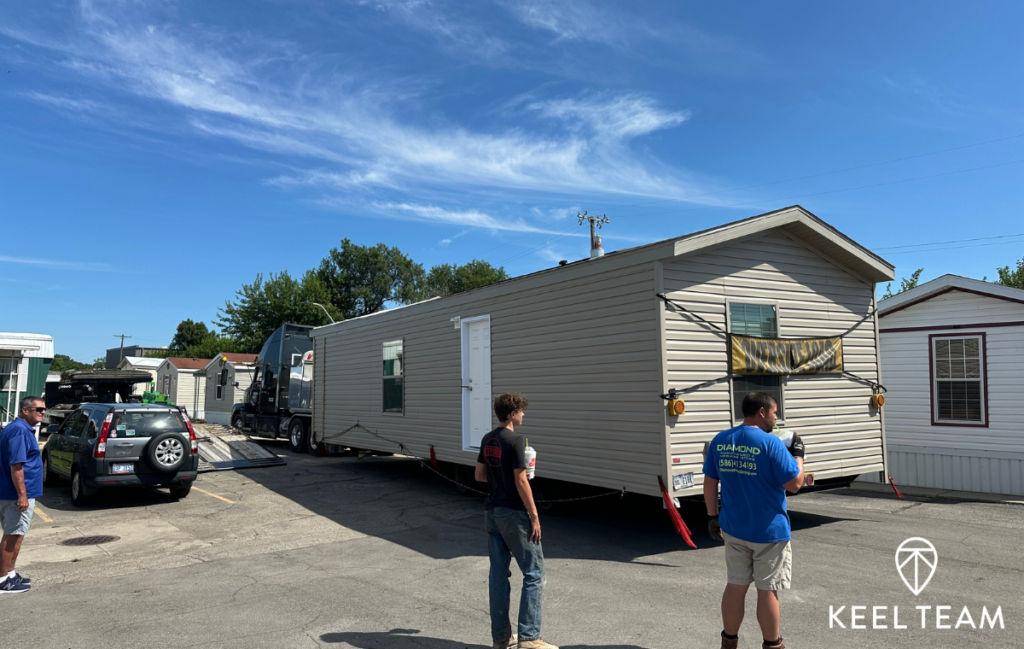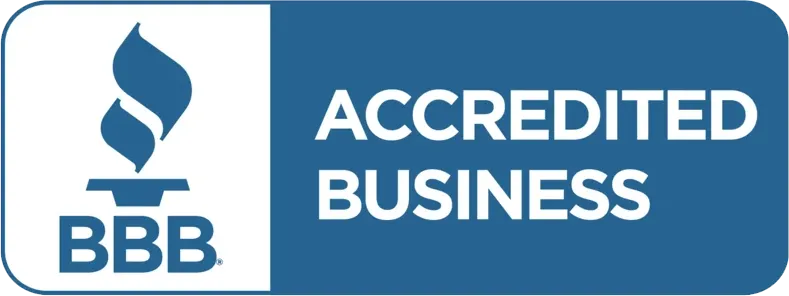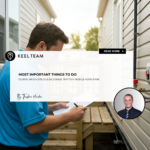Why Do Mobile Home Park Lot Rents Remain So Low?
-
 Tristan Hunter - Investor Relations
Tristan Hunter - Investor Relations

In today’s housing market, affordability is a significant concern for many Americans. The average house in the United States now costs around $400,000, while renting an apartment typically sets you back about $2,000 per month. In stark contrast, the average lot rent in a mobile home park is only $300 per month. This striking difference raises important questions: Why are mobile home park rents so low, and what does this mean for both residents and investors?
The Current State of the U.S. Housing Market
The U.S. housing market has experienced significant growth over the past decade. According to the Federal Reserve, the average home price in America reached $400,000 in 2023, reflecting a combination of rising demand, limited supply, and inflationary pressures. For many, homeownership has become increasingly out of reach, leading to a surge in demand for rental properties.
However, renting is not much more affordable. The U.S. Census Bureau reports that the average rent for an apartment has climbed to $2,000 per month. This steep cost has forced many individuals and families to explore alternative housing options.
The Cost of Mobile Home Living
Despite the overall increase in housing costs, mobile home parks remain one of the most affordable housing options in the United States. With an average lot rent of around $300 per month, living in a mobile home park is significantly cheaper than either homeownership or renting an apartment. But why is this the case?
Historical Context: The Rise and Stagnation of Mobile Home Park Rents
Mobile home parks first gained popularity in the mid-20th century as an affordable housing solution for working-class Americans. During their peak, lot rents were set to cover maintenance costs, property taxes, and a modest profit for the owners. However, over the years, lot rents have not kept pace with inflation or the rising cost of living.
In many cases, mobile home park rents are 50% lower in real terms than when these properties were originally built. This discrepancy can be attributed to a variety of factors, including poor management by mom-and-pop owners, outdated rent control laws, and a general lack of market awareness.
The Impact of Mom-and-Pop Ownership on Lot Rents
A significant portion of mobile home parks in the U.S. are still owned and operated by individual, often elderly, owners. These “mom-and-pop” owners may not be fully aware of current market conditions or may be hesitant to raise rents due to long-standing relationships with their tenants. In some cases, these owners prioritize community stability over maximizing profits, leading to rents that are far below market value.
While this approach may benefit current residents, it also means that these mobile home parks often suffer from deferred maintenance, lack of upgrades, and an overall decline in quality. Low rents may not provide enough revenue to cover necessary repairs or improvements, leading to a cycle of underinvestment.
Are you looking for more tips and tricks on mobile home park investing? Learn expert insights as Andrew Keel deep dives into this exciting asset class! Download your FREE copy of his eBook here!

Comparing Lot Rents to Other Housing Costs
To understand just how low mobile home park rents are, it’s useful to compare them to other housing costs. As mentioned earlier, the average lot rent is around $300 per month, while the average apartment rent is $2,000 per month. This means that lot rents are approximately 85% lower than apartment rents.
Even when comparing mobile home lot rents to other forms of affordable housing, the difference is striking. For example, the median rent for a two-bedroom unit in government-subsidized housing can range from $600 to $1,200 per month, depending on the location. In this context, mobile home park rents are still substantially lower, offering a more affordable alternative for those on a tight budget.
The Role of Rent Control and Regulation
Rent control laws in certain states and municipalities also play a role in keeping mobile home park rents low. These regulations, originally designed to protect low-income residents from sudden rent hikes, can prevent mobile home park owners from adjusting rents to reflect current market conditions.
While rent control can offer stability to residents, it may also discourage owners from investing in property improvements or even lead to the sale of trailer parks to larger corporations. These corporations may seek to increase rents gradually over time, potentially displacing long-term residents.
The Investment Opportunity in Mobile Home Parks
For investors, the low rent levels in mobile home parks present a unique opportunity. The potential to acquire underperforming properties, improve management, and gradually bring rents closer to market levels could yield significant returns. However, this approach requires a careful balance between maximizing profitability and maintaining affordability for residents.
Investors looking to enter the mobile home park market may find it beneficial to focus on properties with a high percentage of mom-and-pop ownership. These trailer parks often have untapped potential due to outdated management practices and low rents. By improving infrastructure, addressing deferred maintenance, and enhancing community amenities, investors could justify modest rent increases while still offering affordable housing options.
The Future of Mobile Home Park Rents
While mobile home park lot rents have remained low for decades, the increasing interest from institutional investors and rising property values may lead to gradual rent increases in some areas. However, it’s important to note that even with potential rent adjustments, mobile home parks are likely to remain one of the most affordable housing options available.
Residents of mobile home parks may also benefit from improved living conditions as new ownership brings fresh investment into these communities. Enhanced amenities, better maintenance, and a stronger sense of community could be the result of this shift, even if rents increase modestly.
Conclusion
The affordability of mobile home parks, with lot rents averaging around $300 per month, stands in stark contrast to the broader housing market. While this low cost is partly due to historical factors and the prevalence of mom-and-pop ownership, it also highlights the potential for significant investment opportunities. As demand for affordable housing grows, mobile home parks may offer a viable solution for both residents seeking low-cost living and investors looking to capitalize on underutilized assets. However, maintaining the delicate balance between affordability and profitability will be key to ensuring the potential long-term success of these communities.
Learn more about mobile home park investing.
Interested in learning more about mobile home park investing? Get in touch with us today to find out more.
Disclaimer:
The information provided is for informational purposes only and is not investment advice or a guarantee of any kind. We do not guarantee profitability. Make investment decisions based on your own research and consult registered financial and legal professionals. We are not registered financial or legal professionals and do not provide personalized investment recommendations.

Tristan Hunter - Investor Relations
View The Previous or Next Post
Subscribe Below 👇




